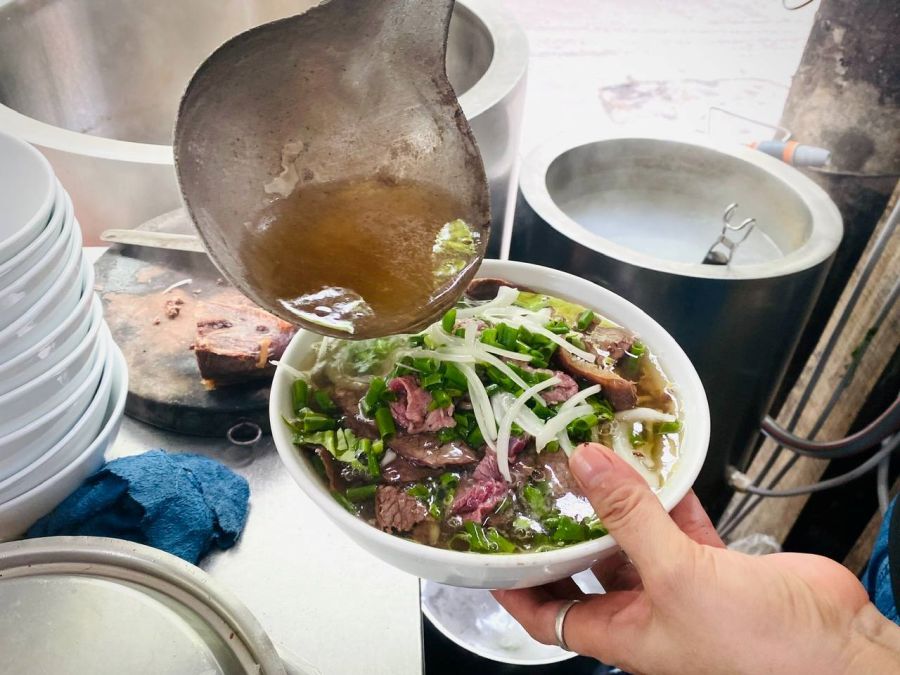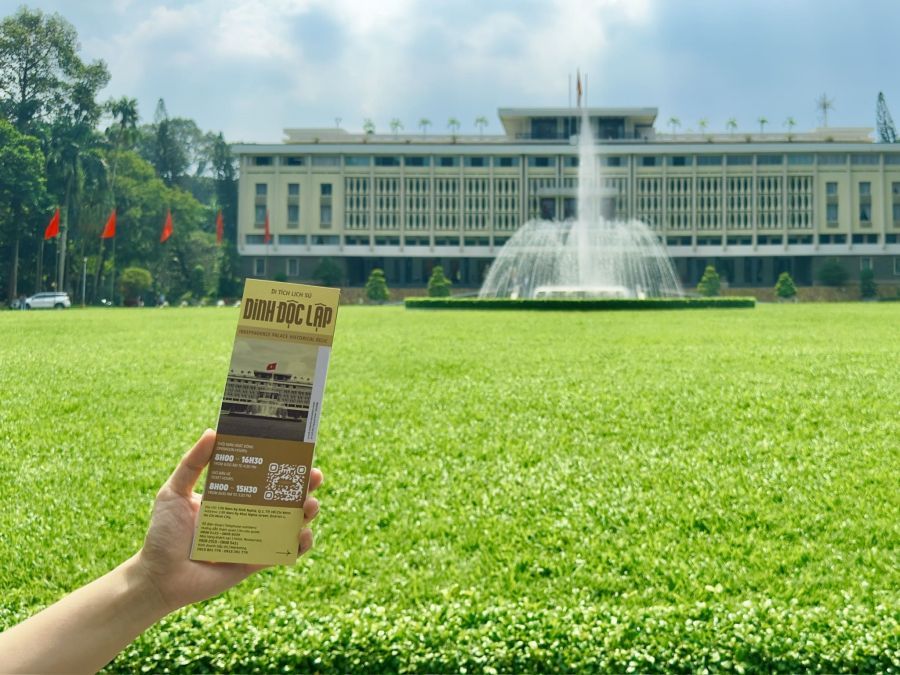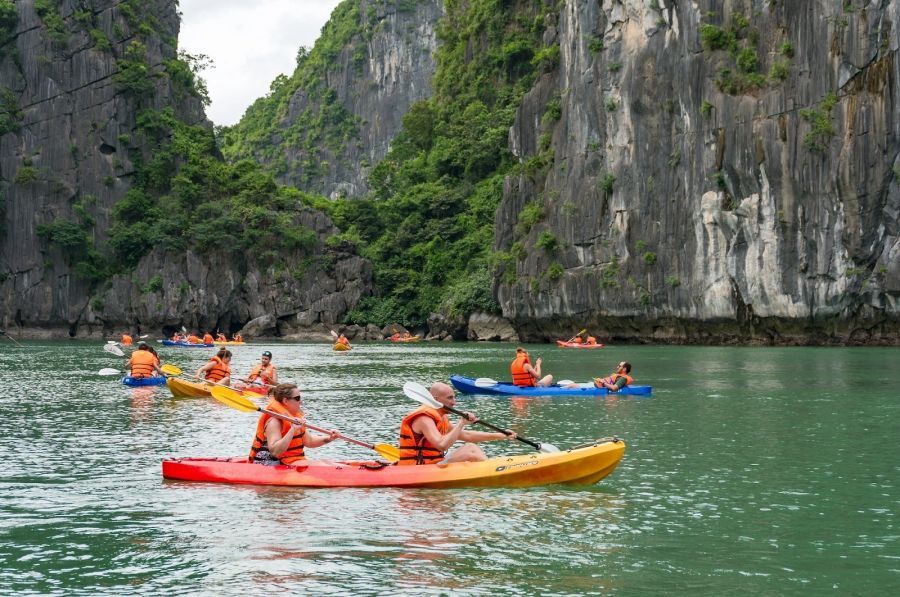What to Know About Traveling in Vietnam in January
Vietnam in January sees colder weather in the north, better temperatures in the south, and everyone joins in the holiday spirit. How beautiful and easy, or difficult, your trip to Vietnam ends up depends on the location you pick.
Table of Contents
ToggleIs January A Good Time To Visit Vietnam?
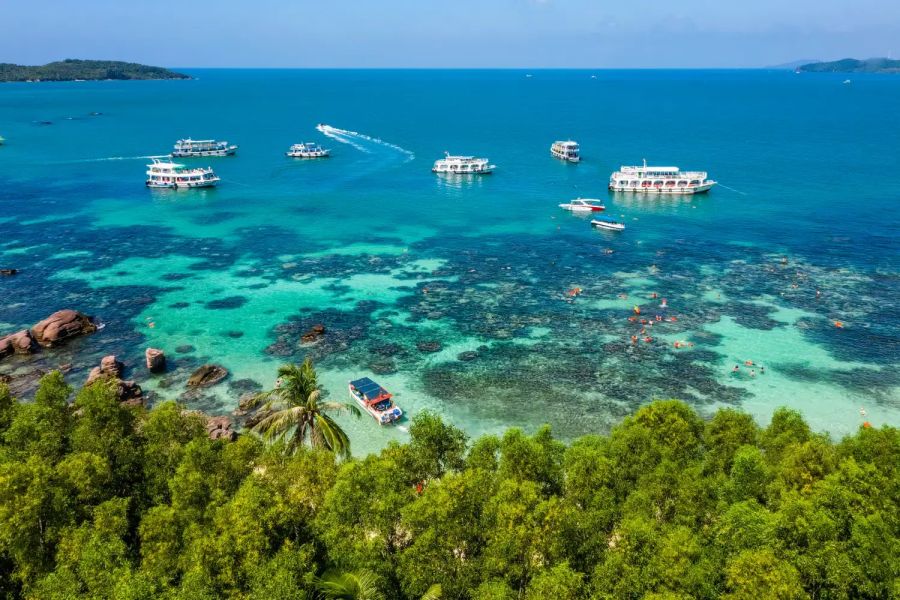
Yes, and for many reasons. January combines nice weather with a lively cultural scene, so it’s a great time to explore Vietnam. The weather in January is generally cool and dry, perfect for outdoor activities and sightseeing.
January is a wonderful time to be outdoors. Clear skies and warm sunshine make the beaches in the south and central Vietnam especially inviting. In the north, the misty mornings and crisp air give cities a soft winter charm. The Vietnam temperature in January tends to be mild, though it can get chilly in mountainous areas. And if Tet falls in late January, you’ll have the rare chance to experience Vietnam’s most vibrant holiday in full swing.
Just a quick note: in the mountains like Sapa or Ha Giang, temperatures can drop quickly and feel a bit damp. Around Tet, travel and accommodation can get busy, and some shops or services might close for a short time. Still, with a bit of planning, these usually don’t cause much trouble for your trip to Vietnam.
What’s The Weather Like In Vietnam In January?
From north to south, Vietnam is 1,600 kilometers long, and the Vietnam climate in January varies across that distance. Three different climate zones will meet travelers, everyone providing a unique experience.
North Vietnam In January
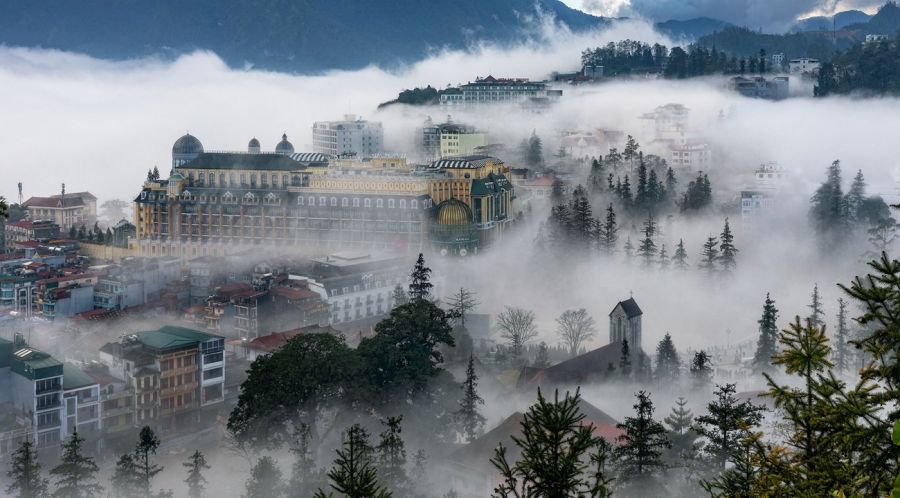
A few of the main regions in North Vietnam are Hanoi, Ninh Binh, Sapa, Ha Giang, Mai Chau, and Halong Bay. The north Vietnam weather in January is mostly nice but can feel a bit humid, with fog often appearing in the early mornings. The daily temperatures are close to 20 °C, while every night in the mountains it can get quite chilly. It’s common for temperatures in the mountains to fall by as much as 8°C, often during the evening.
At this time of year, the capital city seems calm, with sparsely-leaved trees on the bare streets and the sky gray. In Sapa and Ha Giang, you’ll see fog in the morning, feel the chill, and admire the beautiful mountains once the cloudy weather lifts. There’s not much snowfall, but frost sometimes appears in the higher villages.
Central Vietnam In January
This area is home to Da Nang, Hoi An, Quy Nhon, as well as sections of the Central Highlands such as Da Lat and Kon Tum. Cities such as Hue, found north of the Hai Van Pass, continue to feel the chill and see the rain. You can still expect rain early on in January, but not to the extent of the wettest months. The weather becomes much more moderate as you travel south past the Hai Van Pass to Da Nang and Hoi An. Between 18°C and 26°C, you’ll find the temperature and sunny days increase as the month progresses.
Beaches at the coast get sunny again, and tourism gradually begins after the rains. Hoi An’s lantern-lit streets and riverside cafés feel especially charming in the cool air. At the same time, the Central Highlands continue to be cold and arid. You will often find cold temperatures in Da Lat early in the morning, but you likely need a coat at night.
South Vietnam In January
South Vietnam includes Ho Chi Minh City, the Mekong Delta, Phu Quoc Island, Can Tho, Chau Doc, and Vung Tau. It’s the heart of the dry season, bringing sunny skies, warm temperatures, and low humidity. Daytime temperatures hover around 27°C to 32°C, while evenings are breezy and comfortable. Street life is vibrant yet calm, letting travelers enjoy markets, rooftop cafés, and landmarks without the summer heat and Tet crowds.
In the Mekong Delta, boat rides through coconut groves and floating markets are best enjoyed in this dry, mild weather. Phu Quoc Island is in its prime. With calm turquoise waters and golden beaches, it’s the perfect destination for swimming, snorkeling, or just unwinding. Resorts often fill up quickly this time of year, especially closer to Tet, so early booking is advised.
Best Places To Visit In Vietnam In January
January opens up a wide range of travel options across Vietnam, with each region offering something unique depending on your mood. Below are some of the best places to visit in Vietnam in January, and what makes each one stand out.
Mekong Delta And Ho Chi Minh City
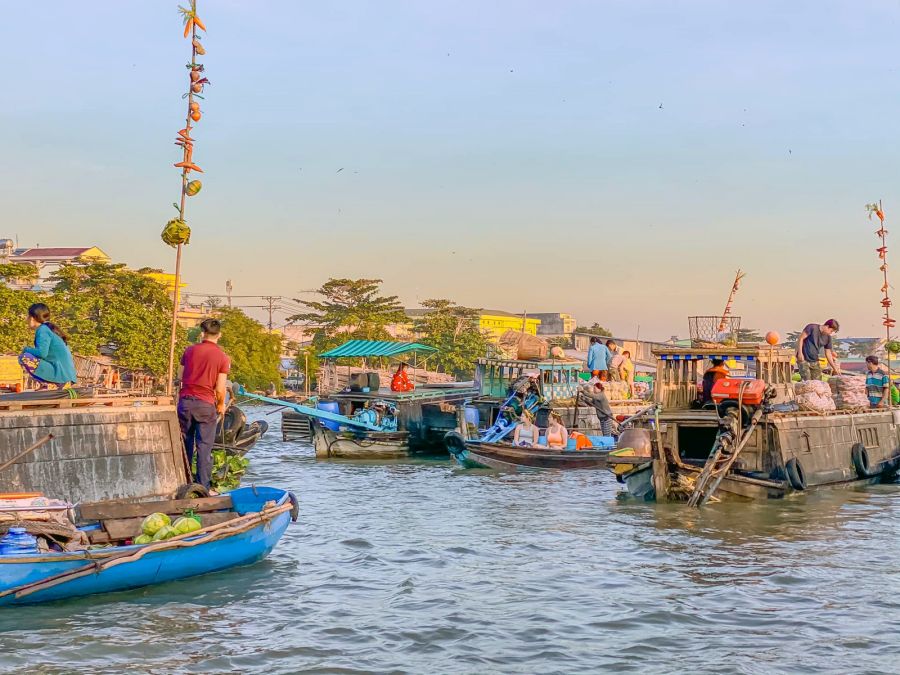
Southern Vietnam is wonderful to visit in January and especially captures at the Mekong Delta and Ho Chi Minh City. The temperature is pleasant, there’s little rain, so visitors will enjoy venturing along busy streets, lively markets, and riverside areas. You’ll enjoy a comfortable 30℃ temperature, low humidity, and easy walks when you’re in Ho Chi Minh City. Down in the Mekong, boat trips through the canals of Ben Tre or Cai Rang’s floating market are at their best, quiet waters, sunny mornings, and lots of activity without the summer heat.
Phu Quoc Island
This is when Phu Quoc is the busiest, and it’s clear why. Because of the nice weather in January, blue skies, calm water, and golden beaches, it is the best season to visit the beach. If you spend your day snorkeling or island hopping, it’s gorgeous to watch the sunset from the West Coast afterward. Inland, the island’s pepper farms, waterfalls, and local fishing villages are easier to access during the dry season.
Da Lat
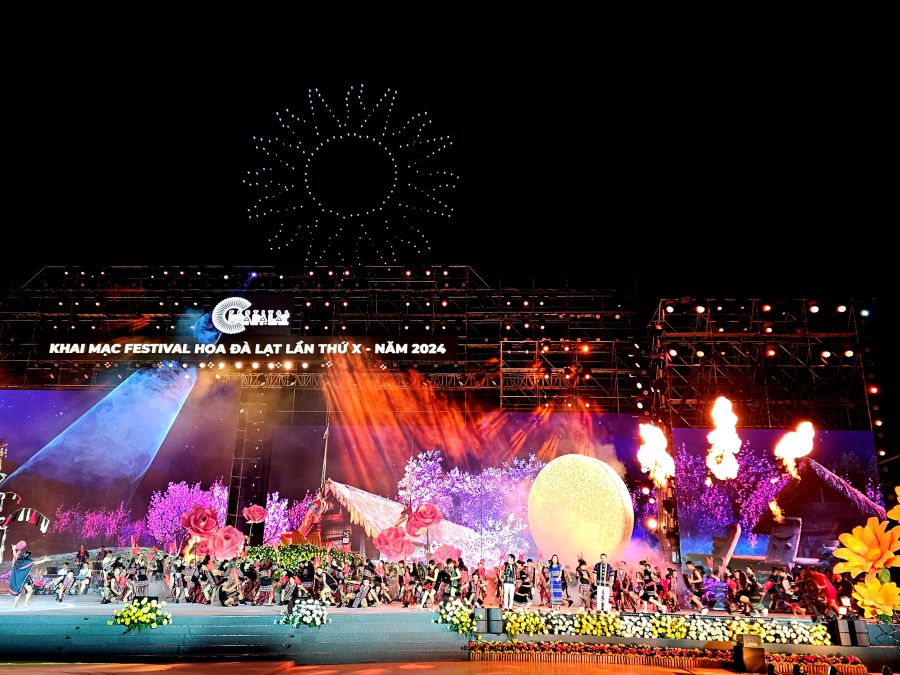
If you’re looking for a place to slow down, Da Lat offers cool mountain air, pine forests, and flower-filled streets. Temperatures sit between 14°C and 24°C, and while it’s cooler than the rest of the south, the sun still shines most days. Since January is when the Da Lat Flower Festival happens every other year, and if you visit then, you’ll see the city looking very colorful. Seasonal strawberries, beautiful sights at Pongour and Elephant Falls, and peaceful lakeside strolls are some of the highlights in the region.
Hoi An And Da Nang
In January, the weather in Da Nang and Hoi An, which are in central Vietnam, starts to improve. Although it’s probably still a little rainy in Hue, you should notice the Hai Van Pass area enjoying nice, dry days by mid-month. If you visit Hoi An now, you will find pretty lit alleys and numerous festive preparations leading up to Tet. You can enjoy the beaches on foot, and the best time to visit the Marble Mountains or Ba Na Hills is when it’s a bit cooler.
Hanoi And Ninh Binh
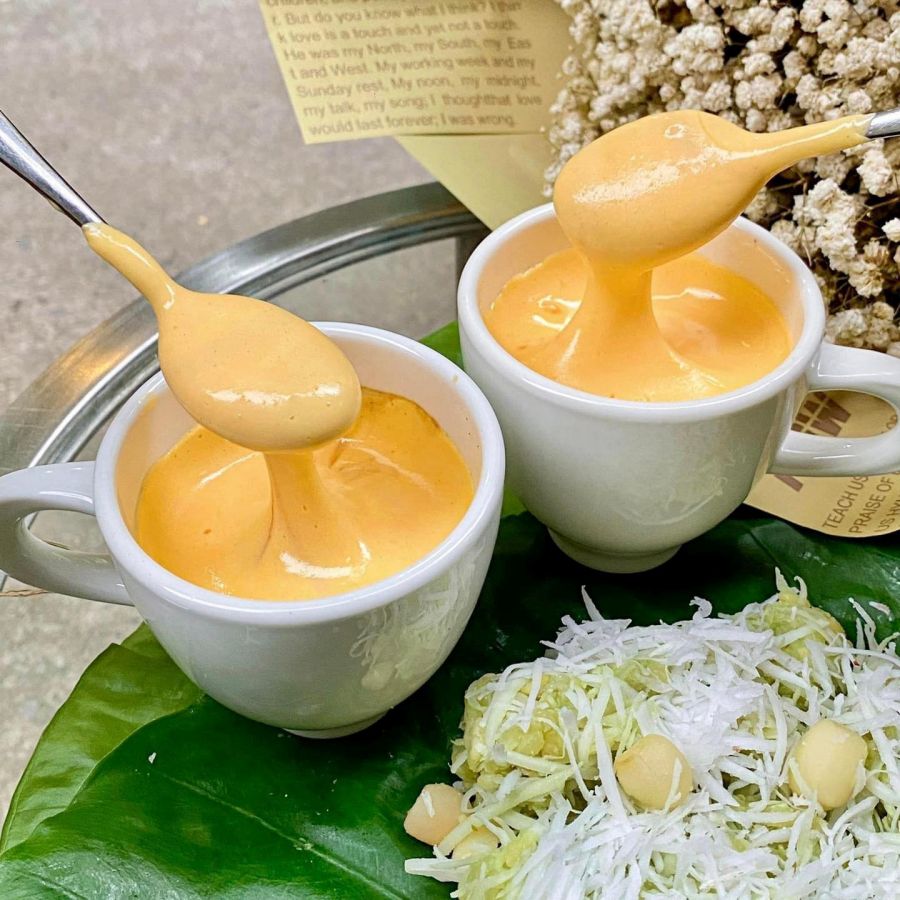
Though January is cold and often misty in the north, this weather gives Ninh Binh and Hanoi a peaceful, cinematic feel. In Hanoi, this is the time for hot street food, slow mornings at coffee shops, and quiet walks through the Old Quarter. Just about 90 kilometers from Hanoi, Ninh Binh makes a perfect day trip destination. Ninh Binh’s landscapes, limestone karsts, rice paddies, and winding rivers are wrapped in fog, especially early in the day. Fewer tourists make this a serene time to explore Trang An by boat or hike through Mua Cave.
Bonus: Tet Festival

Late January also happens to be a time when many Tet preparations are going on across Vietnam. You can see people buying fresh flowers at crowded markets, families cleaning and buying the food they use on this day. Although businesses may shut down around the Tet days in early February, the weeks leading up to it are rich with festive events for the Vietnamese.
What To Pack For Vietnam In January
Because of the different weather around Vietnam, packing in January can seem a bit mixed up at first. Pack warm clothes if you’re travelling to North Vietnam. A medium-weight jacket, sweaters, and long pants are essential, especially if you’re heading to the mountains. Even though it doesn’t snow, the cold can feel sharp due to humidity, especially in places like Sapa or Ha Giang.
It’s best to keep your outfits light and easy to remove for Central Vietnam. Early morning can be very cold, but the temperature goes up throughout the day. If you’re going in early January, don’t forget to pack an umbrella or a light rain jacket. Since Hoi An and Hue sidewalks often stay damp, it’s important to have shoes that allow good airflow and work well for walking.
While you’re in the South, pick clothing that will make you comfortable in the heat. Wear breathable materials, use a pair of sunglasses, choose a hat, and apply plenty of sunscreen the next time you’re in the water. Having some swimsuits is essential if you’re going to spend time swimming at beaches or islands here.
Don’t forget basics like a universal power adapter, mosquito repellent (especially for rural or riverside areas), and a reusable water bottle. If you’re visiting during Tet, bring a small gift or red envelopes if you’re staying with locals, it’s a nice cultural touch.
Travel Tips For Visiting Vietnam In January
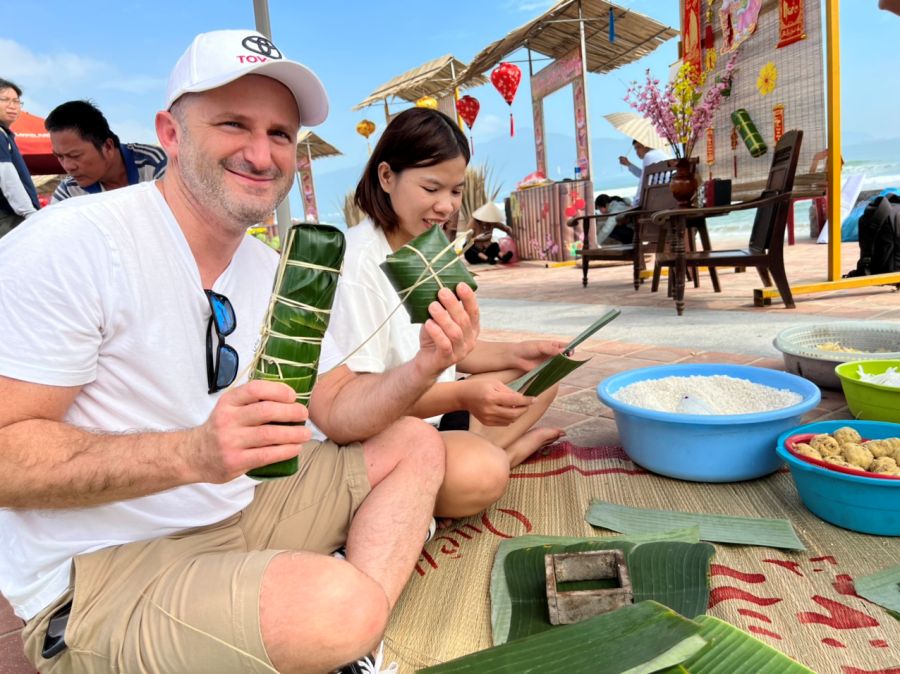
Even in cold, warm, or festive areas, a journey will go smoothly if you organize and time everything well. Remember these tips to get the best out of your travel to Vietnam in January.
- You should book travel and lodging early if you plan to go during Tet, since everything gets booked up fast.
- Plan your itinerary based on regional weather, go south for sunshine, or north for misty scenery.
- Remember that a number of shops and restaurants will close for several days during the Tet festival.
- Have some cash on hand whenever you visit either the Mekong Delta or the inland highlands.
- Take part in Tet if you can, and remember to follow the correct customs and dress when visiting temples.
- Try not to plan tight schedules during the Tet holiday, because traffic gets very busy at that time.
- Learn a few Vietnamese phrases; locals appreciate the effort, especially in smaller towns.
Final Thoughts: Why January Is A Great Month To Explore Vietnam
Vietnam in January brings out a quieter, more poetic side. The mist in the north, the soft light along the central coast, and the golden sun in the south all offer something different, but equally beautiful. It’s a time when the country slows down, breathes deeply, and prepares for a new beginning.
Ready to experience the magic of Vietnam in January? Start planning your trip to Vietnam with SeniWorld – your local expert for unforgettable adventures.








